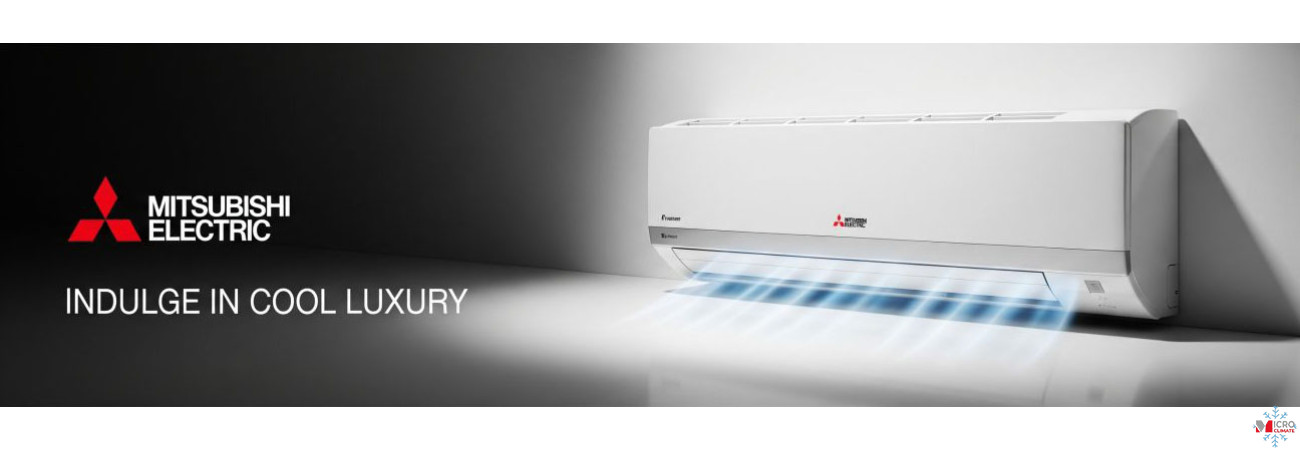
Modern architecture in the UK is increasingly focused on sustainability and energy efficiency.
Heating, ventilation, and air conditioning (HVAC) systems play a crucial role in achieving these goals by optimising indoor comfort while reducing environmental impact.
1. Energy Efficiency and System Design
Contemporary HVAC systems use inverter-driven compressors, variable air volume (VAV) controls, and smart zoning to minimise energy use.
Buildings designed with these technologies achieve up to 40 % lower energy consumption compared with conventional constant-speed systems.
2. Low-GWP Refrigerants
Transitioning from R410A to R32, R454B, and R290 refrigerants is significantly reducing the carbon footprint of new installations.
These low-GWP alternatives align with F-Gas Regulation and the UK’s Net Zero 2050 commitment.
3. Heat Recovery and Reuse
Heat recovery systems in VRF/VRV installations capture excess thermal energy from cooling zones and transfer it to areas requiring heating.
This method not only enhances efficiency but also reduces boiler demand — cutting building emissions by up to 45 %.
4. Integration with Renewable Energy
Modern HVAC systems integrate with solar PV, geothermal, and heat pump technologies to use renewable energy sources.
Hybrid VRF and air-to-water systems can share heat with domestic hot water production, maximising total energy utilisation.
5. Smart Control and Building Automation
Automation platforms like BMS or IoT cloud controls optimise performance by analysing occupancy, weather, and energy tariffs.
Predictive algorithms schedule heating and cooling precisely when needed, preventing waste and extending equipment life.
6. Sustainable Building Materials and Design Synergy
Architects now collaborate with HVAC engineers from the early design stages.
Integrating ductwork, ventilation shafts, and equipment within building envelopes minimises material use and improves air distribution efficiency.
This holistic approach supports BREEAM and LEED certification targets.
7. Indoor Environmental Quality (IEQ)
Beyond energy metrics, sustainable HVAC systems enhance occupant wellbeing.
By maintaining stable temperature, humidity, and air purity, they reduce absenteeism and boost productivity in offices, schools, and hospitals.
8. Life Cycle Assessment and Circular Design
Manufacturers like Mitsubishi, Daikin, and GREE now apply life cycle analysis (LCA) to HVAC components — assessing emissions from production to disposal.
Modular construction allows easier recycling, repair, and component reuse, extending product life and reducing waste.
9. Digital Twin and Predictive Optimisation
Advanced buildings employ digital twin models that simulate HVAC performance in real time.
AI analyses sensor data to predict energy demand and suggest system adjustments — a key trend for next-generation sustainable architecture.
Conclusion
HVAC systems are no longer passive utilities; they’re active components of sustainable building design.
Through efficiency, renewable integration, and intelligent automation, they enable architects and engineers to create spaces that are comfortable, eco-conscious, and aligned with the UK’s environmental future.




